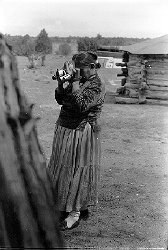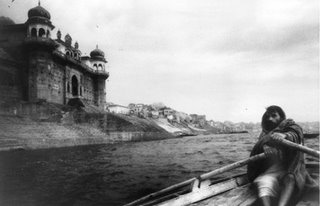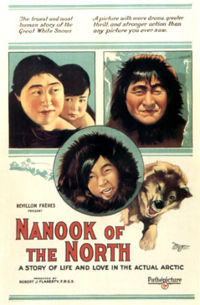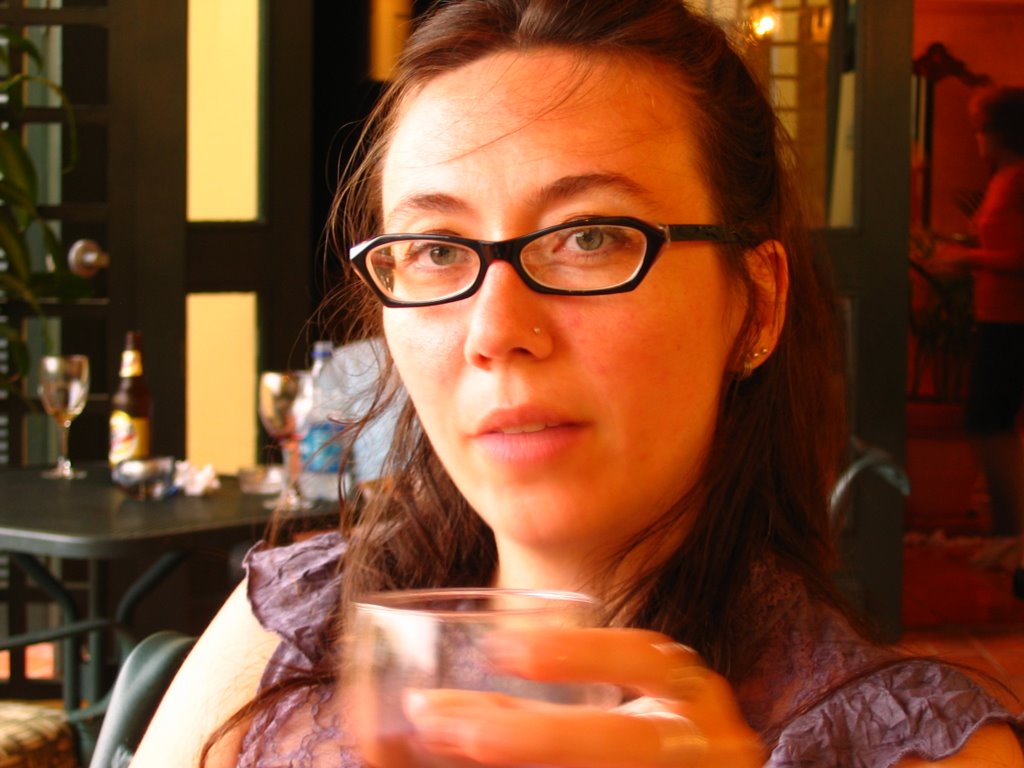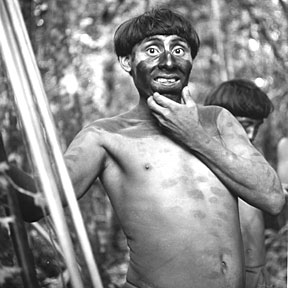
Anthropologist Napoleon Chagnon and filmmaker Timothy Asch spent years studying and documenting the lives of the Yanamamo in Brazil and Venezuela. They filmed visits throughout the 1970's, creating a documentary series called the "Yanamamo Series." "The Ax Fight" is the most well-known and controversial of the series. It documents a fight between villagers and their guests from another village. Before Asch died in 1994, he (along with others) created a CD-Rom titled "Interactive Yonamamo: Understanding the Ax Fight" which "promises to be a novel and exciting tool for the teaching of undergraduate and graduate anthropology" (see link below).
"The Ax Fight" was already a controversial film for displaying the impact/intervention of the filming anthropoligist, but Chagnon's entire career as an anthropologist was called into question in 2000, when "Darkness in El Dorado" was published. The text claims that anthropologists, especially Chagnon, played an important, perhaps even intentional, role in spreading measles to the Yanomamo. Read the debate below.
Screening: October 21st at 6pm - Jen's Pad
183 Ashland Place, Brooklyn
Documentary Educational ResourcesYonamamo InteractiveDarkness in El Dorado reviewPeter Biella response


